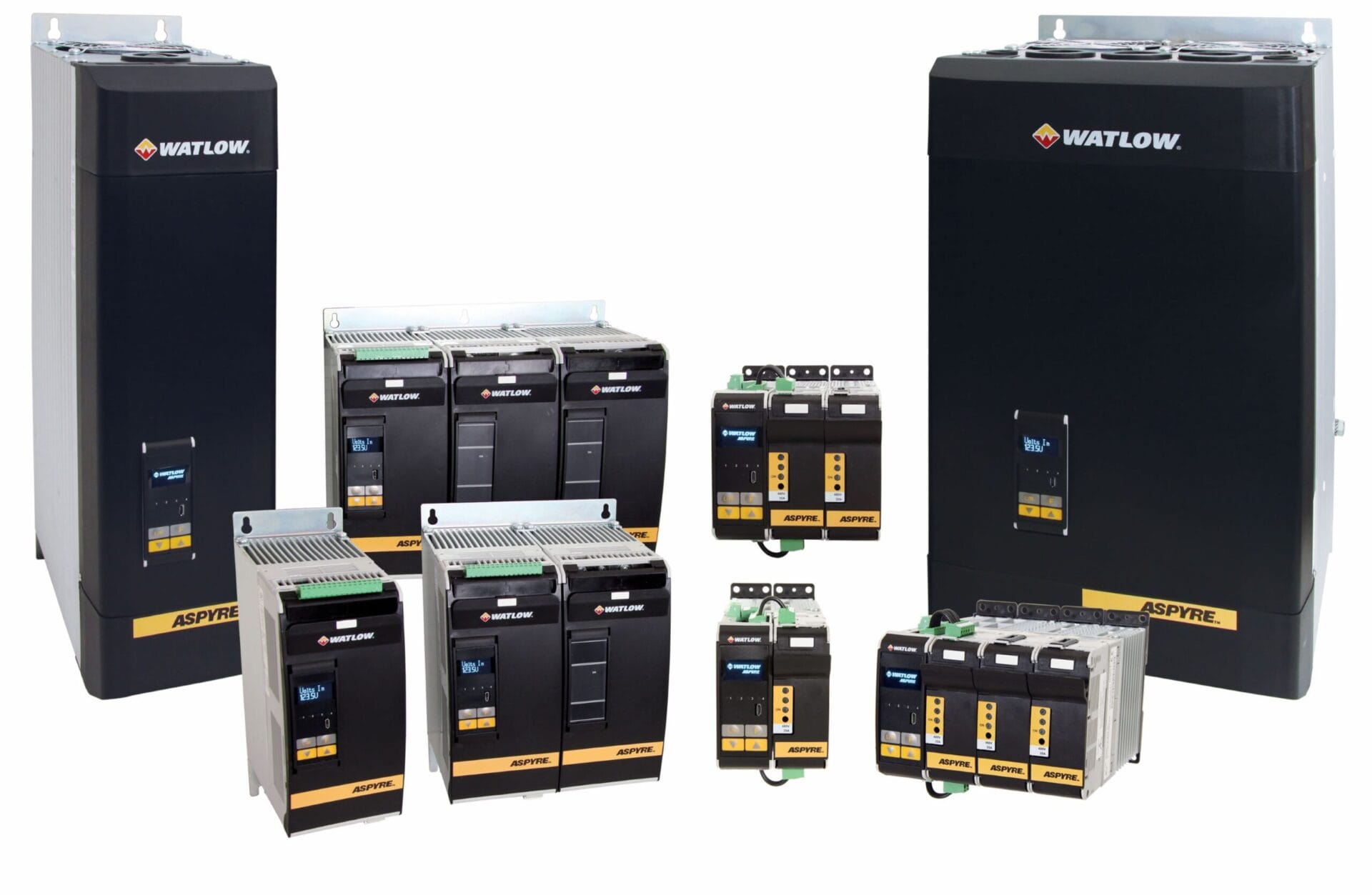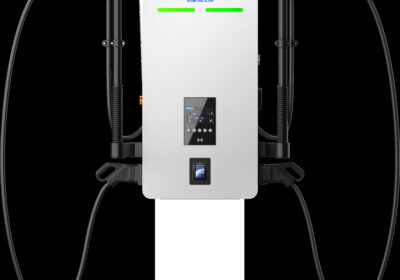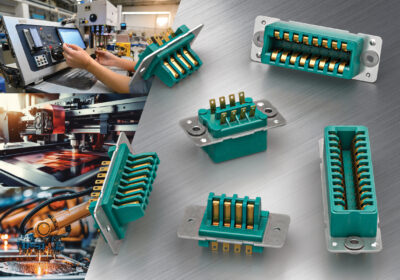The topic of electrification is no longer centered on why and when, but on how and what. One of the first questions that must be answered at the start of an electrification project is whether the local utility grid can handle the increased load. This is not simply a question of power availability, but of balancing power demands and supply availability. In this article, Guillaume Braillard, global product manager for power control products at industrial technology company, Watlow, discusses what to consider when beginning with an electrification project.
Can the grid meet a plant’s electrification needs?
Before tackling an electrification project, it must be determined if there is enough power available to the plant to meet the needs of the processes to be electrified.
This question is trickier than first appears, because the amount of power supplied by the grid, and the amount of power demanded by the process in question, both fluctuate over time. Issues arise not because the equipment exceeds what the grid can provide, but because when multiple pieces of equipment run at peak capacity, it passes a threshold at a time when the grid cannot adequately support the demand.
The issue is an economic one as well as an engineering one. Utility companies in Europe for example, will frequently impose heftier rates at certain peak hours, or be required to pay a tariff for drawing additional power beyond a certain threshold during peak periods. Thus, even though the grid could withstand the additional draw of power, the hit to the plant’s energy bill makes tighter control of supplied power and demand a fiscal necessity.
The increasing loads that electrification projects place on the grid have spurred the call for better demand flexibility. On one hand, utility companies can take a much more moderate approach when it comes to adding generation capacity or making expensive upgrades to the grid. On the other hand, facilities reap the benefits of better cost control and more in-depth data analysis.
This win-win scenario assumes that plants are willing to invest in the kinds of power control necessary to implement demand flexibility across processes, and throughout the plant as a whole. Specifically, it requires using modern power controllers that have Predictive Load Management (PLM) capabilities across a network.

Predictive Load Management
PLM is one of the key technologies for demand flexibility in process power control and consists of two main functions, load balancing (or load sharing) and load shedding. Load balancing involves equally distributing power of different loads to obtain an overall power consumption that is as stable and balanced as possible, eliminating instantaneous peaks and as a result “smoothing out” the power consumption curve. Load shedding involves limiting and shifting the overall energy consumption altogether, or within user-defined priorities.
PLM is a feature of many of the SCR power controllers that Watlow manufactures. At the level of a single machine or device, a power controller with PLM can allow an operator to set a power threshold to ensure that the process will never draw power over that threshold. But the true benefit of PLM can be seen when multiple machines are in use and multiple controllers are connected in a network. Then, PLM-equipped controllers can uniformly distribute power loads, ensuring that at any given moment, the overall power is as stable and balanced as possible.

PLM over a network
Take for example, a plant that has ten process lines, each of which has a thermal array that draws power. Any individual machine has a power draw limit of 200 kw. However, the plant will receive some hefty charges from the utility company if it exceeds 1000 kw during its peak period. Without any sort of networking or demand management, in the worst-case scenario, all ten lines could run simultaneously and draw peak power. To be safe, each machine would need to be limited to 100 kw.
Alternatively, consider an additional power controller with PLM attached to a network of devices. The controller can set an overall network threshold, which in this case is over 1000 kw. Now, the individual controllers will synchronize and communicate among each other, providing a level of demand management at the plant level. Any individual piece of equipment could exceed the 100 kw average, if the demands of the process call for it, as long as other pieces of equipment could compensate.
Without this kind of network capability, engineers are forced to make very cautious and conservative guesses as to what the peak power demands of each machine is separately, and this can effectively limit what the plant is capable of overall. But with networking, it is possible to measure power supply and demand dynamically, allocating power in the most efficient way possible. This helps to achieve the demand flexibility needed, resolving the issue of whether the grid can sustain electrification without decreasing throughput or creating downtime.

Again, the supply of power over the grid is not static — it fluctuates over time — meaning a key part of demand flexibility is the ability to set different thresholds at different times to reflect what is available from the grid.
Electrification is not as simple as switching out fossil fuels, for electric. It must be understood that the electrification of processes and process heating requires a change in power management. It’s more than just about power availability, it’s also about finding a balance between power demands and supply availability. Here, taking advantage of advanced power management capabilities, such as PLM across networked power controllers can enable a smooth transition.
Watlow can help advise on a configuration that will work for your facility, whatever your industry. To learn more, visit the website.







